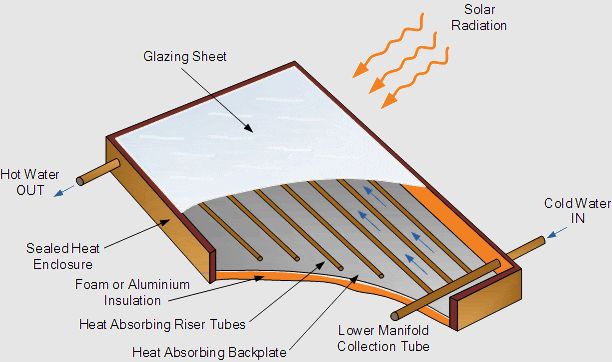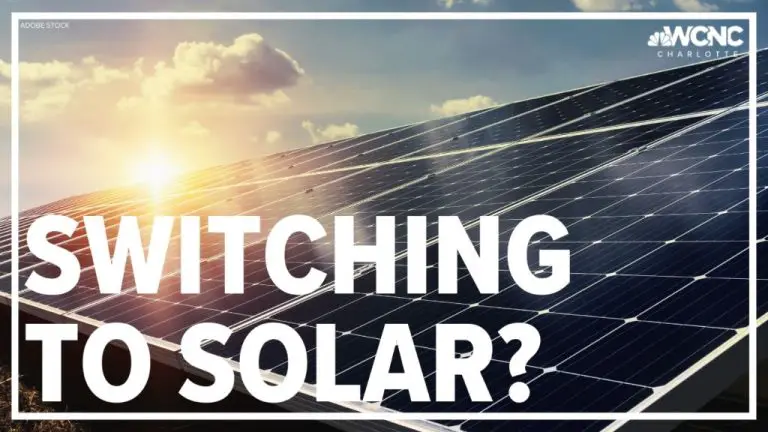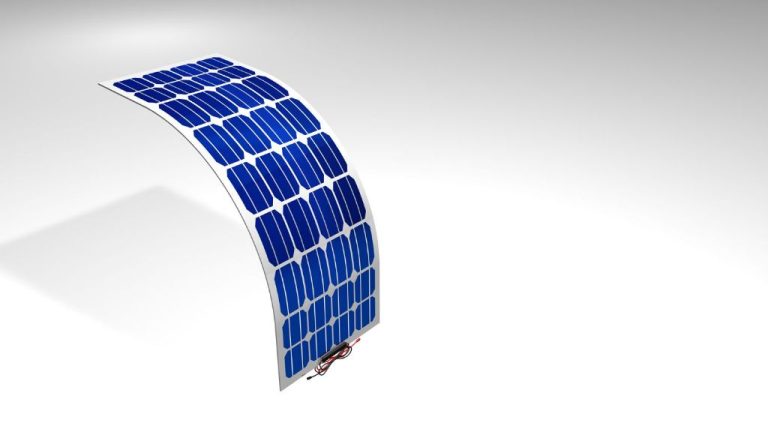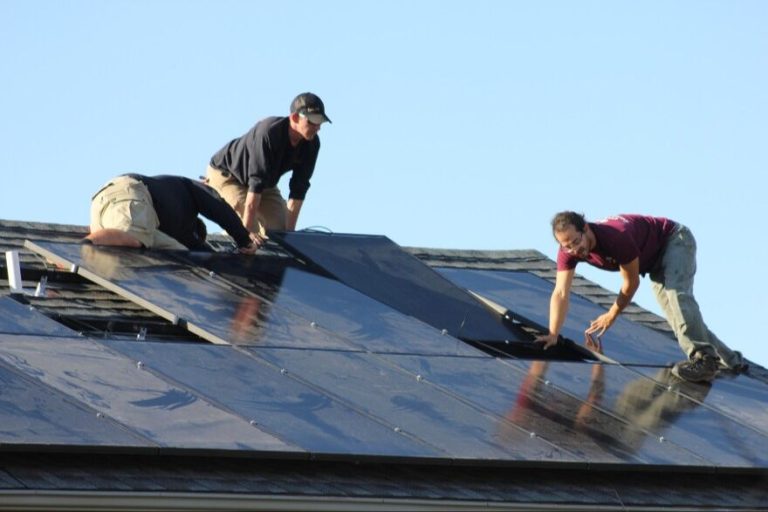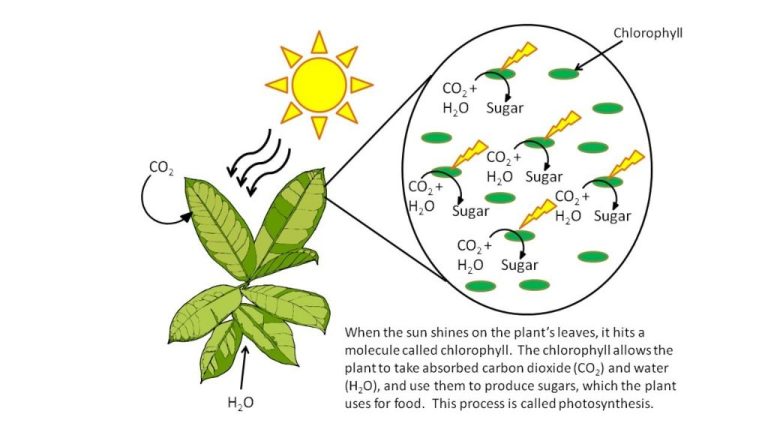Is There Such Thing As A Solar Powered Heat Lamp?
Heat lamps are electric devices that produce radiant heat to warm people, pets, plants or objects. They commonly use infrared heating elements and incandescent bulbs to generate heat quickly and efficiently. Heat lamps have a variety of uses including keeping food warm, providing warmth for babies or pets, accelerating plant growth, drying paint or melting ice.
With energy costs rising, many people are looking for more sustainable ways to run common household appliances and tools. In this article, we will explore whether it is possible to power a heat lamp using solar energy from the sun. We will look at the pros and cons of solar-powered heat lamps, the technology involved, real-world examples, costs and regulations. By the end, you’ll have a better understanding of if and how solar energy can be harnessed to run heat lamps.
How Do Heat Lamps Work?
Heat lamps produce radiant heat using electric heating elements that emit energy in the form of infrared radiation. The key components of a traditional electric heat lamp include:
- The heating element – This is usually a tungsten filament enclosed in a glass tube or quartz bulb. When electric current passes through the filament, it heats up to high temperatures and glows, producing infrared radiation.
- Reflector – The glass tube is surrounded by a polished metal reflector that directs the infrared radiation forward in a specific direction or pattern.
- Stand/housing – The reflector and bulb assembly is mounted within a metal stand or protective wire cage housing that can be adjusted to direct the heat.
- Protective grid – A wire grid often covers the front opening to prevent direct contact with the hot bulb.
- Mounting hardware – Brackets, clamps or other hardware to mount the heat lamp to walls/ceilings.
- Electric cord – Insulated power supply cord to connect the lamp to an electrical outlet.
When turned on, the tungsten heating element glows white hot, emitting infrared radiation which is invisible to our eyes but can be felt as heat when it strikes objects and skin. The polished reflector directs the infrared waves outward in a controlled pattern. The radiation warms nearby objects through conversion to heat energy.
Benefits of Using Solar Power
Solar power offers many advantages as an energy source for heat lamps and other devices. Here are some of the main benefits of utilizing solar power:
Renewable and Sustainable – Solar energy comes from the sun, which will continue shining for billions of years. This makes solar a renewable and practically infinite energy source, unlike fossil fuels which are finite. Solar power does not deplete resources or harm the environment in the way that coal and natural gas do.
Reduces Electricity Costs – With solar power, you can reduce or even eliminate your electricity bills by generating your own electricity. The sun’s energy is free. Once you install the solar system, you just need occasional maintenance. This provides long-term savings on energy costs.
Energy Independence – Producing your own solar electricity means you are not reliant on the electric grid or your energy provider. You have control over your power production. This insulation from grid interruptions and electricity rate hikes can provide greater energy independence.
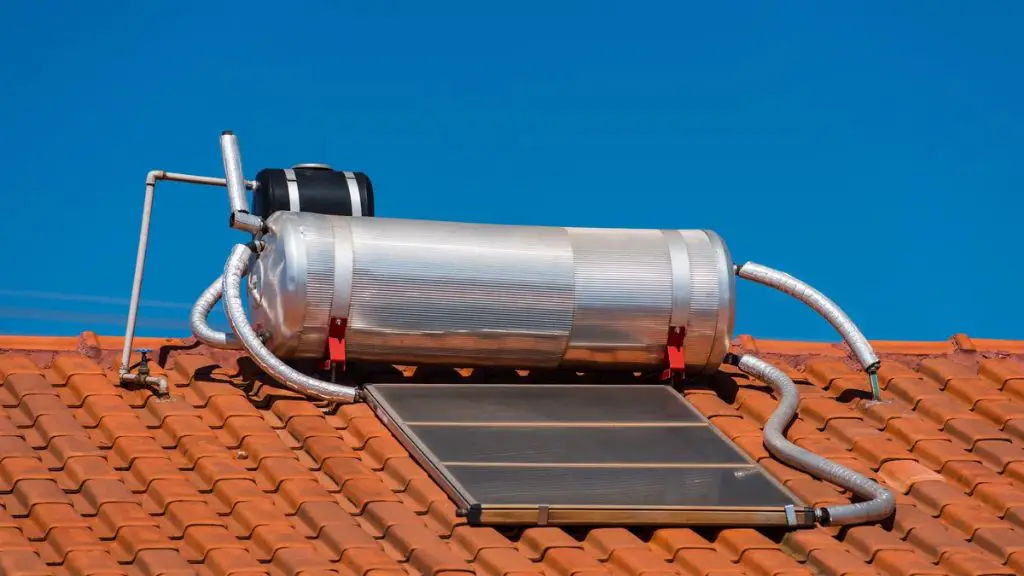
Clean and Emissions-Free – Solar PV systems produce no air or water pollution, greenhouse gases, noise, vibration, or waste products. Generating solar electricity is much cleaner than burning fossil fuels which emit carbon dioxide, the primary driver of climate change.
Challenges of Solar Power for Heat Lamps
While solar power offers many benefits, it also comes with some unique challenges that need to be considered for heat lamp applications. Here are some of the main limitations:
Weather Dependence
Solar panels rely on sufficient sunlight to generate electricity. Cloudy days, winter months with shorter daylight hours, or installations in shaded areas can all reduce energy output. This weather dependence can make solar unreliable for providing the consistent power needed for critical heating uses.
Energy Storage
Solar energy is only generated when the sun is shining. Batteries can store surplus solar energy for use at night or on cloudy days. However, battery storage adds significant cost and may not provide enough backup power for continuous heat lamp operation.
Upfront Costs
While solar saves money long-term, the initial investment for panels, inverters, batteries, and installation is still high. The upfront cost can deter some users from choosing solar power for heat lamps.
These limitations don’t preclude solar use for heat lamps, but they require careful planning and engineering to work around. Hybrid solar systems with a grid or generator backup may be the most practical solution in many cases.
Solar Technology Options
There are a few solar technology options that can potentially power a heat lamp sustainably. Solar panels, also known as photovoltaic panels, convert sunlight into electricity. They come in different types, such as monocrystalline, polycrystalline, and thin film, which vary in efficiency and cost. Smaller panels in the range of 50-200 watts would likely be sufficient to run a heat lamp. These can be mounted on a roof or rack system angled towards the sun.
Solar panels connect to a charge controller, which regulates the power going into a battery bank. Deep cycle lead acid batteries are commonly used for solar systems, as they can handle repeat charging and discharging. Lithium-ion batteries have become a popular option as well, providing more storage capacity in smaller, lighter weight units. The batteries store power and deliver it on demand to operate the heat lamp.
Determining the right solar panel and battery size depends on the wattage and usage of the heat lamp. A 100 watt heat lamp running 5 hours per day would require roughly a 250 watt solar panel system and 200Ah battery bank. Of course, energy efficiency is also key – using an LED or lower wattage heat lamp can significantly reduce the system requirements.
Case Studies
Solar powered heat lamps are being used in a variety of settings. Here are some examples:
Greenhouses
Many greenhouses are now using solar powered heat lamps to provide supplemental lighting and heating for plants. The bright light and warmth from the lamps helps stimulate plant growth during shorter winter days. Greenhouses can install solar panels on the roof to generate electricity to run the heat lamps.
Chicken Coops
Backyard chicken coops are using solar powered heat lamps to keep baby chicks warm. The lamps are a cost-effective and sustainable way to provide heat without running electricity to a coop. Solar panels are mounted on the roof to power the red heat lamps inside.
Outdoor Restaurants
Some outdoor restaurants are using solar powered patio heat lamps to keep diners warm in cooler weather. By running the heat lamps off solar energy instead of the grid, restaurants can provide warmth without increasing their utility bills.
Swimming Pools
Solar heat lamps are being used to heat water in some residential swimming pools as an eco-friendly alternative to gas or electric pool heaters. The lamps can extend the swimming season into cooler months without a large energy footprint.
Cost Analysis
When considering a solar powered heat lamp, it’s important to compare the costs over time versus a traditional electric heat lamp. The upfront cost of a solar powered system will generally be higher, but the long-term savings on your electricity bill can make it worth the investment.
The main costs for a solar powered heat lamp include the solar panels, batteries, charge controller, inverter, wiring and installation. On average, a small solar system for a heat lamp will cost $1500-$2000. However, this can vary widely based on system size, quality of components and complexity of installation.
By comparison, a standard electric heat lamp costs around $50-100 for the fixture itself. However, you’ll also have ongoing costs for electricity to power the lamp, which can add up over time. The average electric heat lamp uses 500-1500 watts. At an electricity rate of $0.12/kWh, that equates to $60-180 per year to run the lamp.
When accounting for electricity savings, a solar powered heat lamp can pay for itself in around 7-10 years. And it will continue providing free sunlight for 10+ years after that with minimal maintenance required. This makes solar heat lamps a smart long-term investment for most applications.
Installation and Maintenance
Overall, installing and maintaining a solar-powered heat lamp is a relatively straightforward process. Here are some key steps:
Selecting the location: When deciding where to install the solar panel and heat lamp, choose a spot that receives direct sunlight for most of the day – at least 6 hours per day is ideal. Make sure the area is free from shade and obstructions. For heat lamps used seasonally, adjust the location based on the sun’s path during those months.
Mounting the solar panel: Use mounting brackets designed for solar panels to securely attach the panel to a roof, pole or other mounting structure. Face the panel south (in the northern hemisphere) to maximize sunlight exposure. Angle the panel according to your latitude – generally 30-45 degrees is optimal.
Connecting components: Wire the solar panel to a charge controller, and connect the charge controller to a battery for energy storage. Run wires from the battery to the heat lamp fixture and any other electrical components. Use waterproof, outdoor-rated wiring.
Installing the heat lamp: Securely mount the heat lamp in the desired spot, pointing down at the area you want to heat. Adjust the angle as needed. Choose a mounting height to achieve the required coverage area based on the bulb wattage.
Maintenance: Periodically clean dust and debris off the solar panel using a soft brush or cloth. Check that all wired connections are tight and free of corrosion. Test the battery charge level and refill any batteries as needed. Replace the heat lamp bulb as it burns out – LED bulbs minimize the need to change bulbs frequently.
Regulations and Incentives
There are several regulations and incentives that apply to solar powered heat lamps. At the federal level, solar installations can qualify for a 26% tax credit through 2023. There are also accelerated depreciation benefits that allow businesses to depreciate solar installations faster. Many states and utilities offer additional incentives like rebates and net metering programs to further reduce the cost of going solar.
Solar installations must comply with electrical and building codes. Permits are typically required, especially for commercial installations. It’s important to check with your local jurisdiction regarding specific solar regulations and permitting requirements. Some areas may restrict certain types of solar installations or require them to meet aesthetic standards.
For agricultural operations, the USDA provides grants and loans that can help cover the upfront costs of solar projects through the Rural Energy for America Program (REAP). Farms may be able to receive 25% of costs covered through REAP grants. There are also state and utility incentives specifically geared towards solar for agriculture.
When exploring solar incentives, be sure to look into federal, state, utility, nonprofit, and manufacturer incentives. The DSIRE database maps out incentives by location. Consulting with a solar professional can help navigate the best options. Properly utilizing solar incentives alongside tax credits can lead to substantial long-term savings.
Conclusion
Overall, solar powered heat lamps are viable but have some limitations. The main advantage of solar powered heat lamps is reducing electricity costs and dependence on the grid. Solar panels can effectively power electric heat lamps during sunny weather. However, heat lamps require a lot of power, so an array of efficient solar panels is needed, adding hardware costs. Backup battery storage is recommended for cloudy weather. Solar heat lamps work well for intermittent daytime usage, but overnight usage is challenging without large batteries. While feasible for certain applications like chicken coops, solar heat lamps may not provide enough reliable winter heat for a living space currently using grid-powered heat lamps. But for the right situation, they allow taking advantage of free and renewable solar energy.

